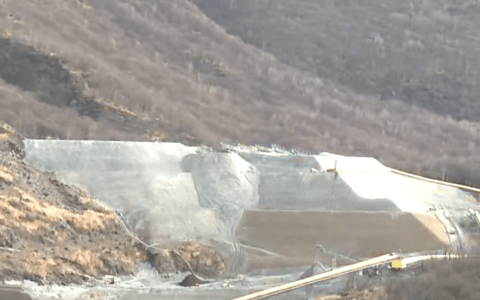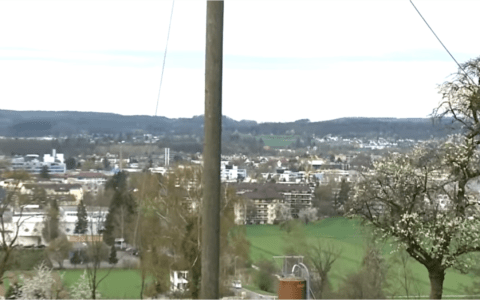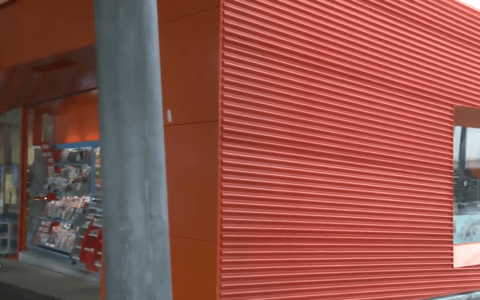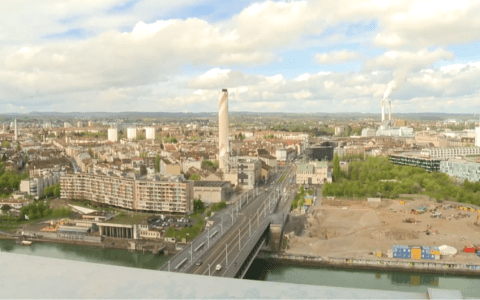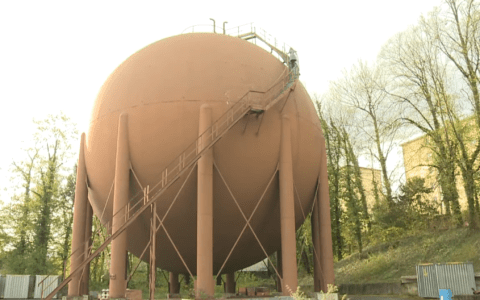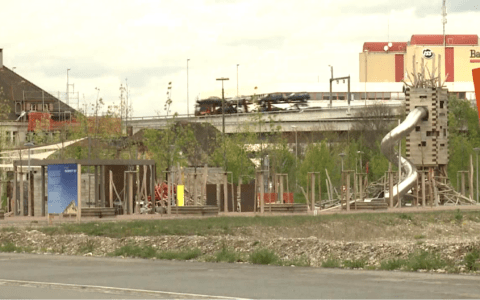Spatial Planning: Here’s Why
Spatial Planning Saves Resources
The goal of spatial planning is to steer building growth in today’s existing cities and agglomerations in order to save on land, energy and infrastructure costs.
Kindly supported by Cinémathèque suisse.
Place: Ticino
Interviews: Paolo Poggiati, Chief Planner Canton of Ticino
Riccardo De Gottardi, Chief Officer Spatial Development Canton of Ticino
Spatial Planning Protects the Landscape
Spatial planning devises the rules of the game that govern the design of living space. In order to implement these, planning needs effective tools, for example, the possibility to reduce or limit residential areas and even transfer building zones from one location to another. The landscape should be kept free of any construction.
Kindly supported by SRG and cinémathèque suisse.
Place: Glattal, Canton of Zurich; Olten
Interviews: Wilhelm Natrup, Chief Planner Canton of Zurich
Jörg Amsler, Federal Office for Agriculture, Bern
Spatial Planning Reduces Traffic Congestion
Spatial planning provides for more compact settlements in which the distances to schools, shops, recreational areas and workplaces are short. The densification of settlements close to public transport stops or stations means that spatial planning also reduces car traffic.
Kindly supported by Cinémathèque suisse.
Place: Central Switzerland
Interview: Thomas Hochreutener, Retail Expert
Spatial Planning Safeguards against Natural Hazards
Spatial planning prevents damage caused by natural catastrophes by indicating where it is safe to build and where, for safety reasons, building should not be allowed. Spatial planning protects human lives, buildings and infrastructure.
Kindly supported by Cinémathèque suisse.
Place: Davos and Linth Plain
Interviews: Stefan Margreth, Institute for Snow and Avalanche Research, Davos
Ueli Strauss, Chief Planner Canton of St. Gall
Spatial Planning Creates Quality of Life
The task of spatial planning is to ensure that everyone is afforded a suitable living space. This can only happen if both public authorities and private construction companies assume mutual responsibility for the residential environment and maintain a philosophy of building as a whole.
Kindly supported by Cinémathèque suisse.
Place: Basel
Interviews: Thomas Waltert, Building Department Canton Basel-Stadt
Fritz Schumacher, Master Mason, City of Basel
Spatial Planning Navigates Across Borders
The aim of spatial planning is to persuade cantons and communities to work together in developing common living spaces. Borders should not limit the planning of settlements and landscape!
Place: Lausanne West
Interview: Ariane Widmer Pham, Chief Planner Lausanne Ouest
Spatial Planning Concerns All of Us!
Our behavior affects the space around us. We decide where we live, how we travel and where we spend our free time. This impacts on space. Spatial planning is entirely in our hands. Spatial planning is democratic. Spatial planning allows everyone to participate.
Kindly supported by Cinémathèque suisse.

Spatial Planning – retrospect, vision, outlook
For the most part, changes in settlement and environment take place one small step at a time. These come about according to an undefined timetable. What we perceive and experience today as our built environment and surrounding landscape was, in a large part, created years, decades or even centuries ago. And what we build now and in the near future will ultimately become a part of our living space and our legacy. Thus, through our actions, we bear a responsibility to ourselves and to future generations.
This collection of films delivers insight into the evolutionary history of living space and spatial planning in Switzerland:
Historical Films on Spatial Development in Switzerland
